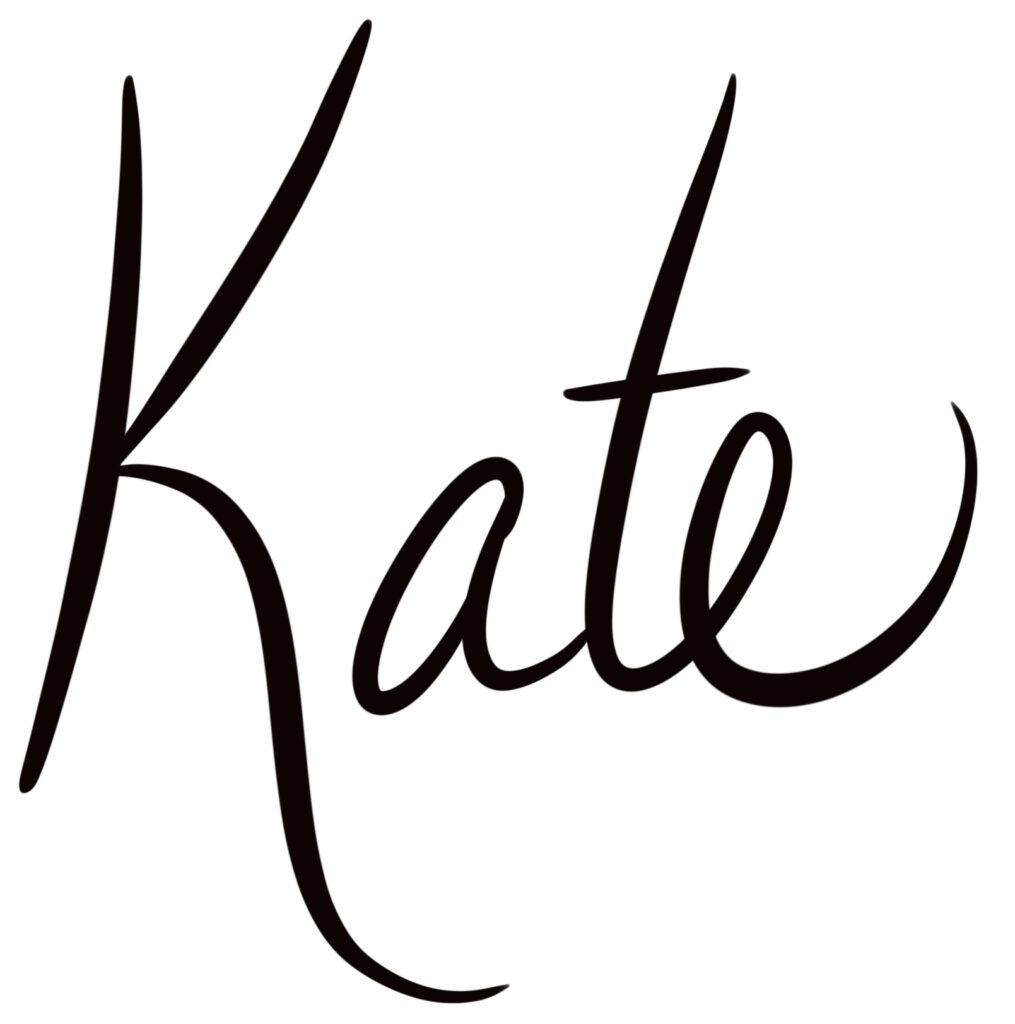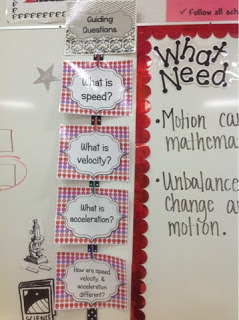
Teaching Earth’s Layers and or Convection? Read on to gather a hands-on lab, doodle notes and an exit ticket that you can use in your middle school science class!
When introducing students to the geology of planet Earth, the concept of convection and the layers of the Earth are a foundation that is so important for them to understand deeply. Their knowledge the build on this topic will be reinforced and applied as they continue to learn about the rock cycle and plate tectonics! So, how do you get kids to understand something that they cannot actually see? Here are some of my classroom-tested methods for making this topic come alive!
Lesson Plan Guide:
Engage: Convection Current Demonstration
Explore: Sprite and Raisins Lab
Explain: Earth’s Layers Doodle Notes
Elaborate: Apply – Where else do we see convection currents? Student Model
Evaluate: Earth’s Layers Exit Ticket Assessment
Engage: Convection Current Demonstration
There are many techniques for showing convection currents using hot and cold water. Depending on your supplies you can usually find one that will work for your setting. I’ve tried it many ways over the years but
Video of the demo: https://www.youtube.com/watch?v=adEhYWb3CYo

I love to show students this and ask them questions without telling them if they are right or wrong.
What do you notice? What do you wonder? Why do substances float and sink? What happens to the molecules of a fluid when they are heated/cooled?
Explore: Sprite and Raisins Lab

This super simple experiment is great for almost any age group. It’s fun to observe and kids get some lab skill practice! Most of the versions you see of this lab call for sprite or 7-up. Pro tip: use sugarless carbonated water – so much easier to clean up!
Raising Raisins Lab:
I like to make a list of questions / ideas that students noticed during the dancing raisin lab and convection current demo. Emphasizing key ideas that STUDENTS come up with is a powerful strategy in the classroom. (Warm rises, Cool sinks, Less dense floats, More dense sinks…etc) Make a list of these ideas somewhere in your classroom, as they apply to understanding the layers of Earth!
Explain: Earth’s Layers Doodle Notes
These doodle notes come with a powerpoint that walks your students through each section step by step. This frees you up to be walking the room and helping. You can choose to use this as a whole class activity or have students do this as a self-paced lesson.
Are you ready to make your science notes more engaging? Earth’s Layers Doodle Notes provide helpful visuals to support understanding of the 4 main layers of Earth. Students learn about the Crust, Mantle, Outer Core and Inner Core.
What are doodle notes?
Doodle notes help provide visual triggers that improve focus, memory and learning and are useful in helping students visualize science concepts. Doodle notes can be used for initial instruction OR as a study sheet for students to review. They can be used for whole group instruction using the Power Point file or by doodling along with your class using a document camera (my students love this).
Earth’s Layers Doodle Notes includes:
- Earth’s Layers Doodle Notes Page– A few versions (Some with more detail/text, other with more blank space.)
- Teacher Answer Key
- Photo of a completed example
- 20 Slide Power Point Presentation that goes Step-By-Step through the information on the doodle note page.
An answer key is included as well as a few versions of the student doodle sheet so that you can pick one that best matches your students! Some teachers are even using the different versions to differentiate in their class…Genius!

Connect the Dots: Lead a discussion here about how the raisin Lab ties into convection currents. While heat was not involved, density was. The raisins were getting less dense from the bubble attached to them and they rose up, once the bubbles popped or detached, they would sink back down. Help your students make connections to the convection current demonstration you did with the hot and cold water. Less dense rising, more dense sinking!
Pictured here are the heat transfer doodle notes and the Earth’s layers doodle notes. (I usually teach these topics around the the same time.). These are available separately or as part of the discounted ENTIRE SET of Captivate Science doodle notes!

Elaborate: Apply – Where else do we see convection currents?
In this group activity, students create visual models that show convection currents in a variety of different examples. Students can use paper or dry erase boards for drawing their model.
This set of cards has a list of places where convection currents can be found in everyday life.
I like to chop up this list and scatter them around the student table groups. I ensure that each table group of four has 6-8 unique examples to choose from. Since there are only 12 examples, your groups will definitely have some doubles, but that is fine. This strategy allows each student to create their own unique model, but also allows for some collaboration and discussion. Also, because it is likely that your class will have two or more of the same topic, they can compare models and learn once they are done. Here is the rubric that I display on the board while kids are drawing. I don’t formally grade these, but you certainly could!

Evaluate: Earth’s Layers Exit Ticket
So you have completed the demo, student lab, DOODLE NOTES and model activity. Its Check for understanding with these free printable exit tickets!

Doodle notes provide visuals to help students make meaning and connect learning to other areas of science. Available for nearly EVERY science topic, doodle notes are ideal for middle school students who benefit from rigorous content using engaging and colorful strategies! Check out our ENTIRE SET of Doodle Notes for Middle School Science. or search for specific topics in our store.
Until next time, you can catch me on Instagram @captivatescience
Keep Calm and Doodle On!




